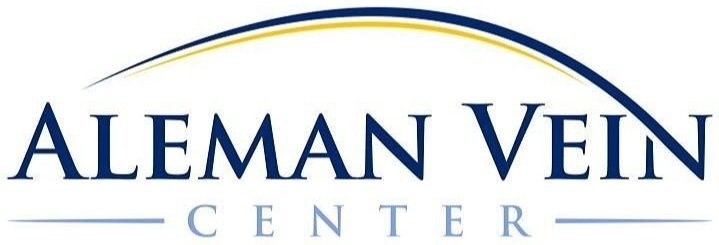What are spider veins?
Spider veins, also known as telangiectasias, are small, dilated blood vessels that appear close to the surface of the skin. They are typically red or blue and can appear in a web-like pattern, which is why they are called "spider veins."
Spider veins are often the first stage of vein disease in the legs and can be a cosmetic concern for some people. They do not typically cause significant pain, but some people may experience itching or burning sensations in the affected area. Some spider veins near the surface can begin bleeding spontaneously or with minimal trauma. Patients on anticoagulation or blood thinners are particularly prone to this problem. If you have experienced bleeding, you should be evaluated to see if you need them treated.
It is a common misconception that spider veins and varicose veins are unrelated conditions, however, spider veins and varicose veins represent the same underlying vein disease. Spider veins are often the first stage of vein disease and precede the development of varicose veins. It is also important to recognize the symptoms of varicose veins or chronic venous insufficiency as spider veins may be the most prominent visual cue of a deeper, more significant medical problem.
Symptoms of vein disease include leg aching, leg pain, heavy legs, tired legs, leg itching, burning in the legs, restless legs, nighttime cramps in the legs, swelling in the legs or feet, leg rashes, leg discoloration, or even leg ulcers. If you have any of these symptoms, you should schedule an appointment at Aleman Vein Center because your spider veins could be a bigger issue than you realize.
Treatment options for spider veins include sclerotherapy, which involves injecting a solution into the vein to collapse it, and laser therapy, which uses intense light to destroy the vein. Sclerotherapy is still considered the “gold standard” for spider vein treatments and remains the most effective option in most cases.
While spider veins are generally harmless, it's important to have them evaluated by a vein specialist to rule out any underlying vein disease that may be contributing to their development. It is also important to go to a vein center that specializes in the treatment of larger vein problems so that an ultrasound is available to confirm whether or not deep vein problems exist which may prevent the spider vein treatment from working. At Aleman Vein Center, we can give you that information BEFORE you spend time or money getting treatment of spider veins that is unlikely to actually work.

